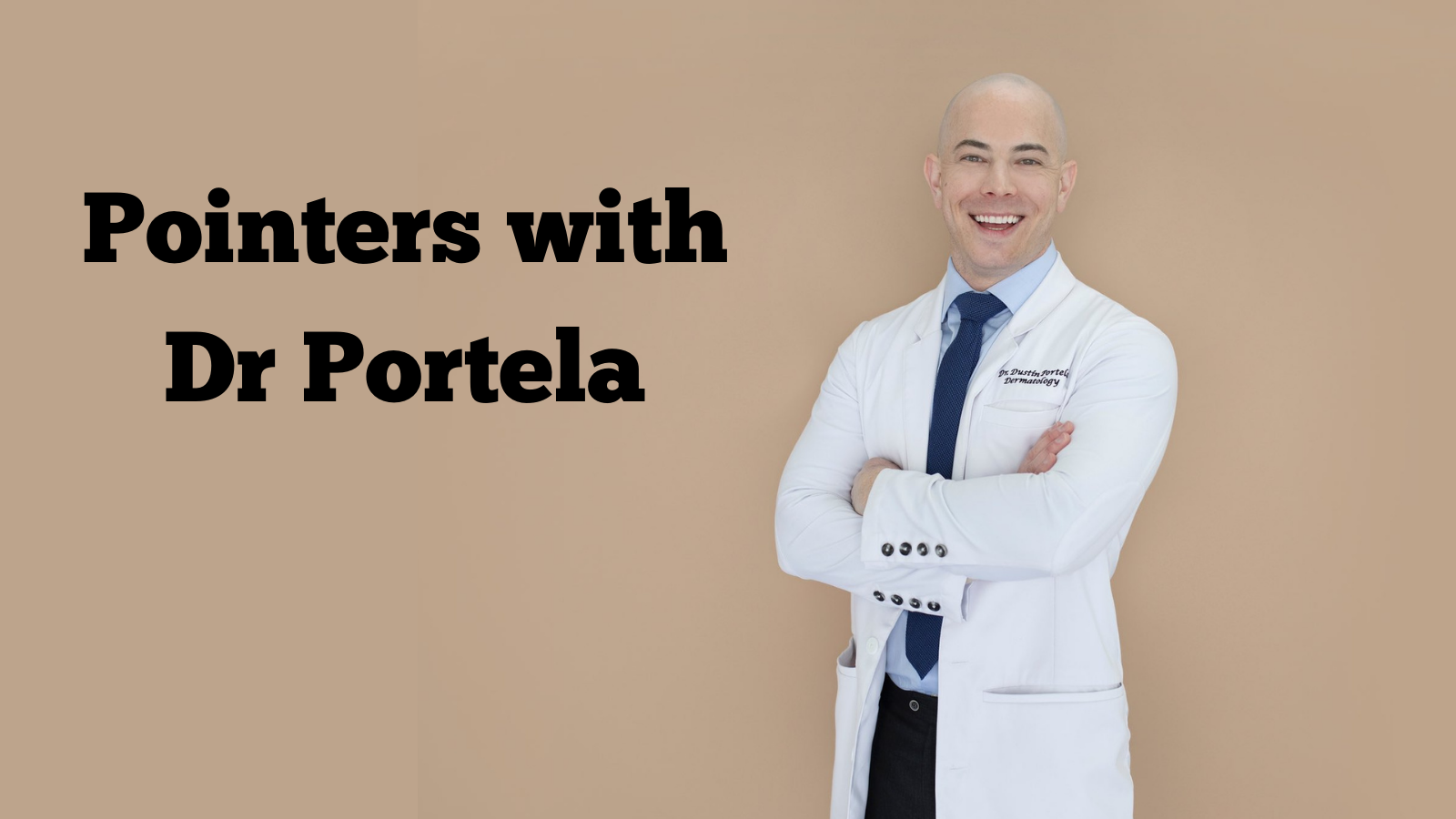- Acne
- Actinic Keratosis
- Aesthetics
- Alopecia
- Atopic Dermatitis
- Buy-and-Bill
- COVID-19
- Case-Based Roundtable
- Chronic Hand Eczema
- Drug Watch
- Eczema
- General Dermatology
- Hidradenitis Suppurativa
- Melasma
- NP and PA
- Pediatric Dermatology
- Pigmentary Disorders
- Practice Management
- Precision Medicine and Biologics
- Prurigo Nodularis
- Psoriasis
- Psoriatic Arthritis
- Rare Disease
- Rosacea
- Skin Cancer
- Vitiligo
- Wound Care
Article
Botulinum toxin consistently keeps sweat at bay
National report - Patients with axillary hyperhidrosis derive significant quality-of-life benefits from treatment with botulinum toxin type A (Botox, Allergan), and the magnitude of improvement remains consistent with repeated injections over a period of at least three years, according to the results of an open-label extension study.
National report - Patients with axillary hyperhidrosis derive significant quality-of-life benefits from treatment with botulinum toxin type A (Botox, Allergan), and the magnitude of improvement remains consistent with repeated injections over a period of at least three years, according to the results of an open-label extension study.

Quality of life enhancement
The results showed that while QOL measures worsened as the treatment effect dissipated and symptoms returned, repeat botulinum toxin type A injections led to dermatology-specific health-related QOL benefits and significant reductions in the proportions of patients reporting impairments in daily activities, work and social interactions due to excessive sweating.
"When treating chronic conditions such as hyperhidrosis, long-term data are important for clinicians to understand the impact of therapy over periods of prolonged use. Available studies have shown hyperhidrosis has a detrimental impact on quality of life in multiple domains, which is similar to or exceeds that of other serious dermatologic diseases. To date, however, information on quality of life benefits of treatment has been collected only over a one year period," says Dee Anna Glaser, M.D., study investigator, and vice-chairman and professor of dermatology, otolaryngology and internal medicine, St. Louis University School of Medicine, St. Louis.
Effects lasting, significant
The open-label study enrolled 193 patients, of whom 147 received one or more botulinum toxin injections; 92 patients received two or more treatments, 59 received three or more treatments and 38 received four or more injections.
"The low proportion of patients who required multiple retreatments is, in part, a reflection of the durability of the effect of botulinum toxin. During the 12-month randomized trial, the average duration of effect was about seven months, but it ranged up to 12 months in about 25 percent of patients. In the extension study we saw that the duration of response tends to be consistent with repeat treatments," Dr. Glaser tells Dermatology Times.
The 147 patients who were treated in the extension study ranged in age from 18 to 65 years (mean 34), were about equally divided by gender and were predominantly white (94 percent).
Prior to each botulinum toxin injection, mean DLQI scores ranged from 5.8 to 6.8, and they were reduced significantly at four and eight weeks after each treatment when mean scores ranged from 1.2 to 2.5.
Data from the HHIQ demonstrated the functional and emotional impact of hyperhidrosis and that botulinum toxin treatment had statistically significant benefits. Prior to injection, about 35 percent to 40 percent of patients reported their hyperhidrosis had a moderate or greater impact limiting them at work and their effectiveness at work. At four weeks and eight weeks after treatment, the proportions of patients reporting that type of influence was reduced to between 3 percent and 10 percent.
While before the retreatments, 29 percent to 41 percent of patients reported spending an average of at least 15 minutes each day treating their hyperhidrosis and 26 percent to 35 percent reported the need to change clothing at least twice a day, the proportions of patients reporting those activities was reduced to between 4 percent and 16 percent at four weeks and eight weeks after treatment.
Breaking emotional, social shell
Up to 80 percent of patients reported feeling emotionally damaged or injured by their hyperhidrosis immediately before treatment compared with between one-third to one-half of patients at four weeks and eight weeks after treatment.
Patients also reported their hyperhidrosis significantly limited their functioning in interpersonal and social situations.















